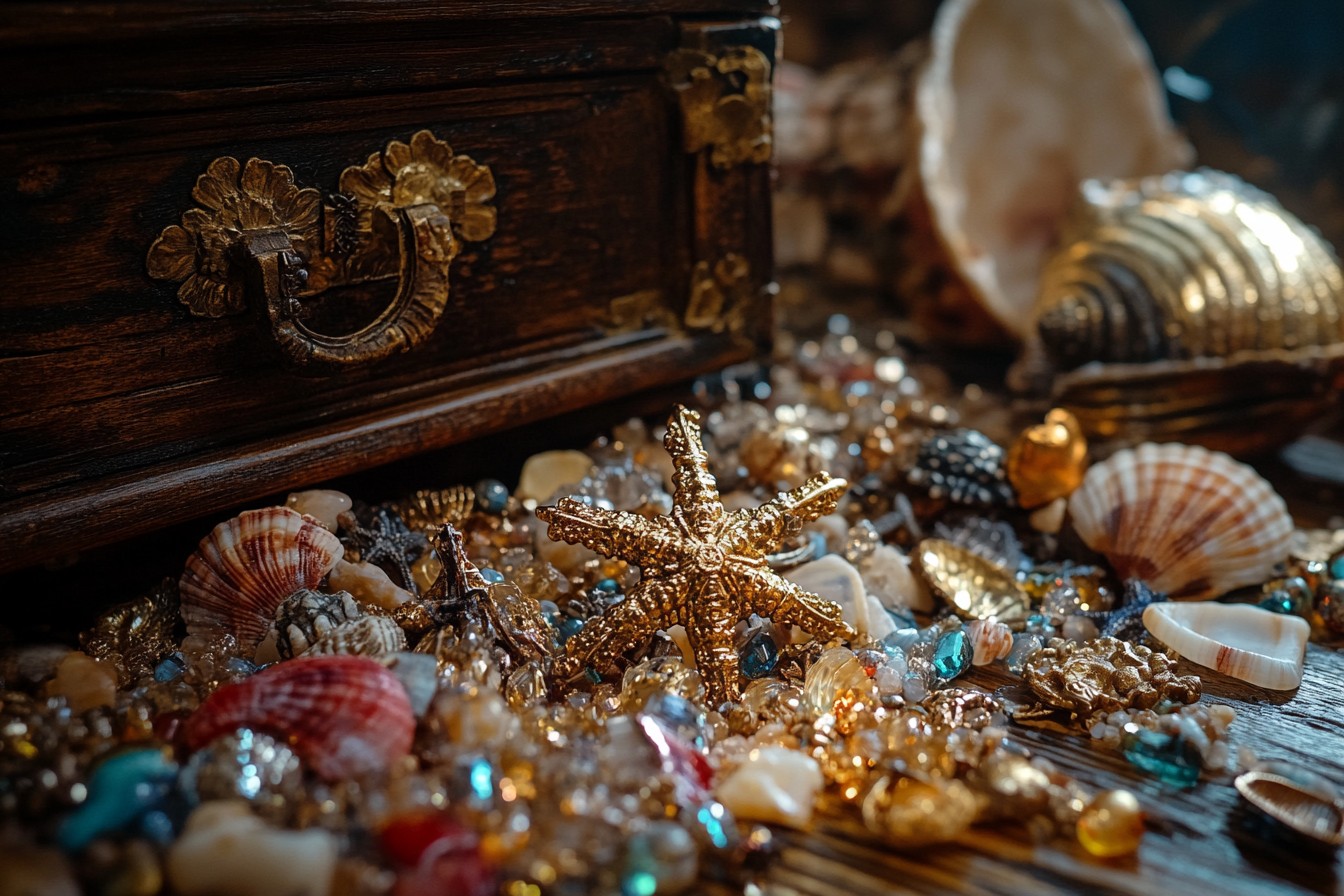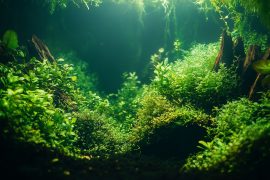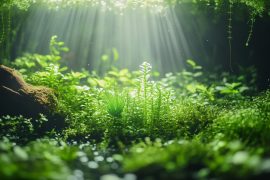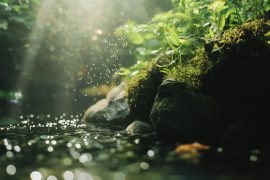I’ll admit it—I used to be a hardscape snob. The type who’d visibly wince when clients would ask about adding those gaudy treasure chests or neon skulls to their otherwise pristine aquascapes. “But what about the aesthetic integrity?” I’d whine internally while smiling through gritted teeth.
Then one day, my nephew Jake gave me a plastic pirate ship for my birthday, his eyes wide with expectation. “For your fish tank, Uncle Alex!” he announced, beaming with pride at his perfect gift selection. That cheap, made-in-China monstrosity sat on my shelf for three months while I contemplated how to “lose” it without breaking an eight-year-old’s heart.
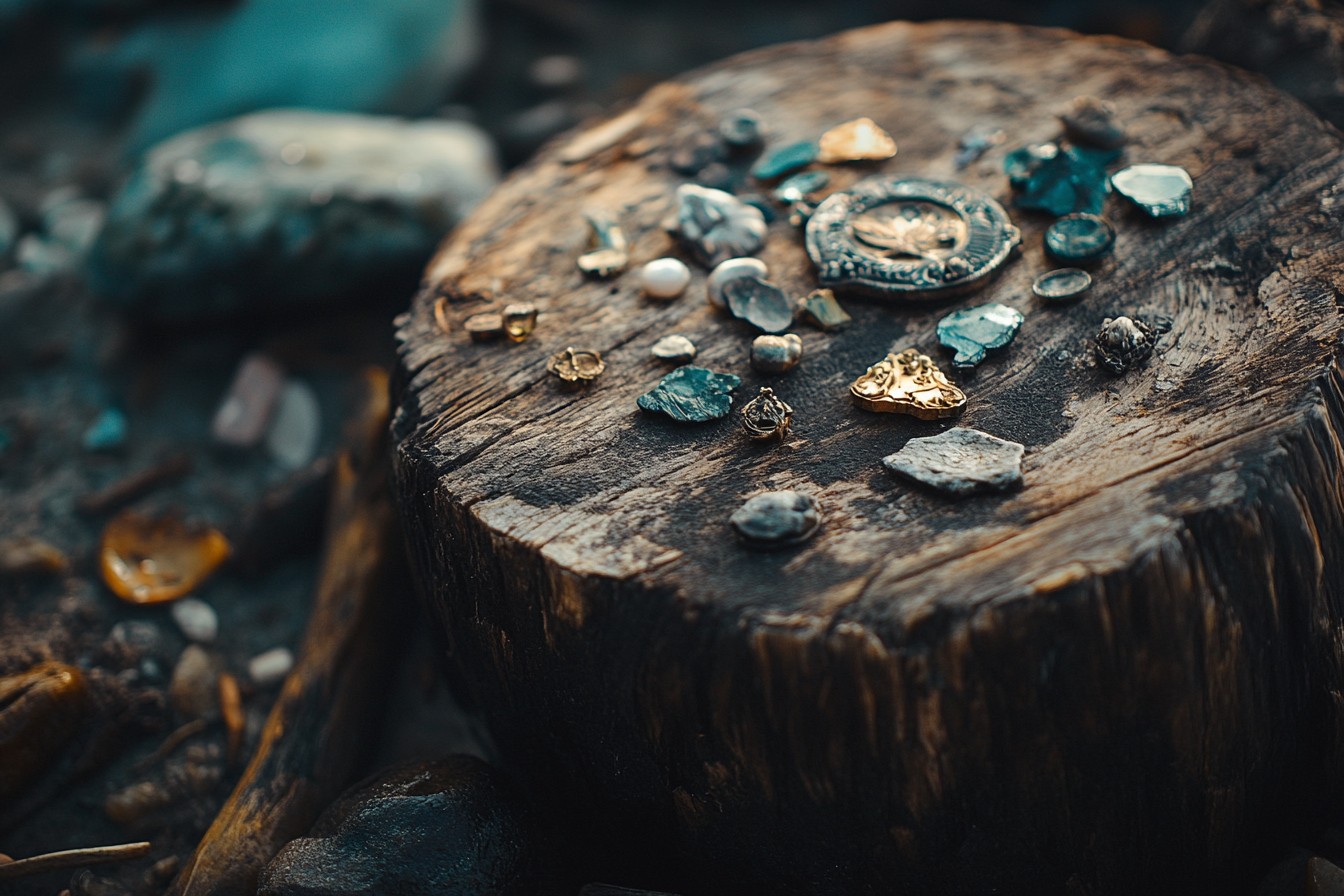
Then last winter, during a particularly nasty bout of creative block, I did something I’d consider aquascaping heresy—I plunked that hideous ship right into my meticulously designed Southeast Asian biotope. And you know what? It completely transformed my relationship with this hobby.
Now, I’m not suggesting we all run out and fill our tanks with plastic mermaids and bubbling treasure chests. But I’ve developed what I’ll call a “principled approach” to incorporating ornamental pieces that actually enhances rather than destroys the natural aesthetic most of us are chasing. It started as an experiment with Jake’s pirate ship.
Rather than just dropping it in, I spent a weekend weathering and modifying it. I stripped the garish paint with acetone (after testing it was aquarium safe), added texture with aquarium-safe silicone and fine sand, and strategically broke off pieces to create a more realistic “ancient wreck” appearance. Then I attached small portions of Java moss, Anubias nana ‘Petite’, and some Bucephalandra to create the appearance of a vessel long-claimed by nature.
The transformation was remarkable. What began as a tacky toy evolved into a centerpiece that told a story. I positioned it half-buried in the substrate at an angle, as if it had been slowly sinking into the riverbed for centuries.
The contrast between the structured, angular lines of the ship and the organic softness of the plants created this tension that was actually… beautiful? My girlfriend Katie, who has tolerated more aquarium-related monologues than any human should endure, actually paused mid-scroll on her phone when she saw it.
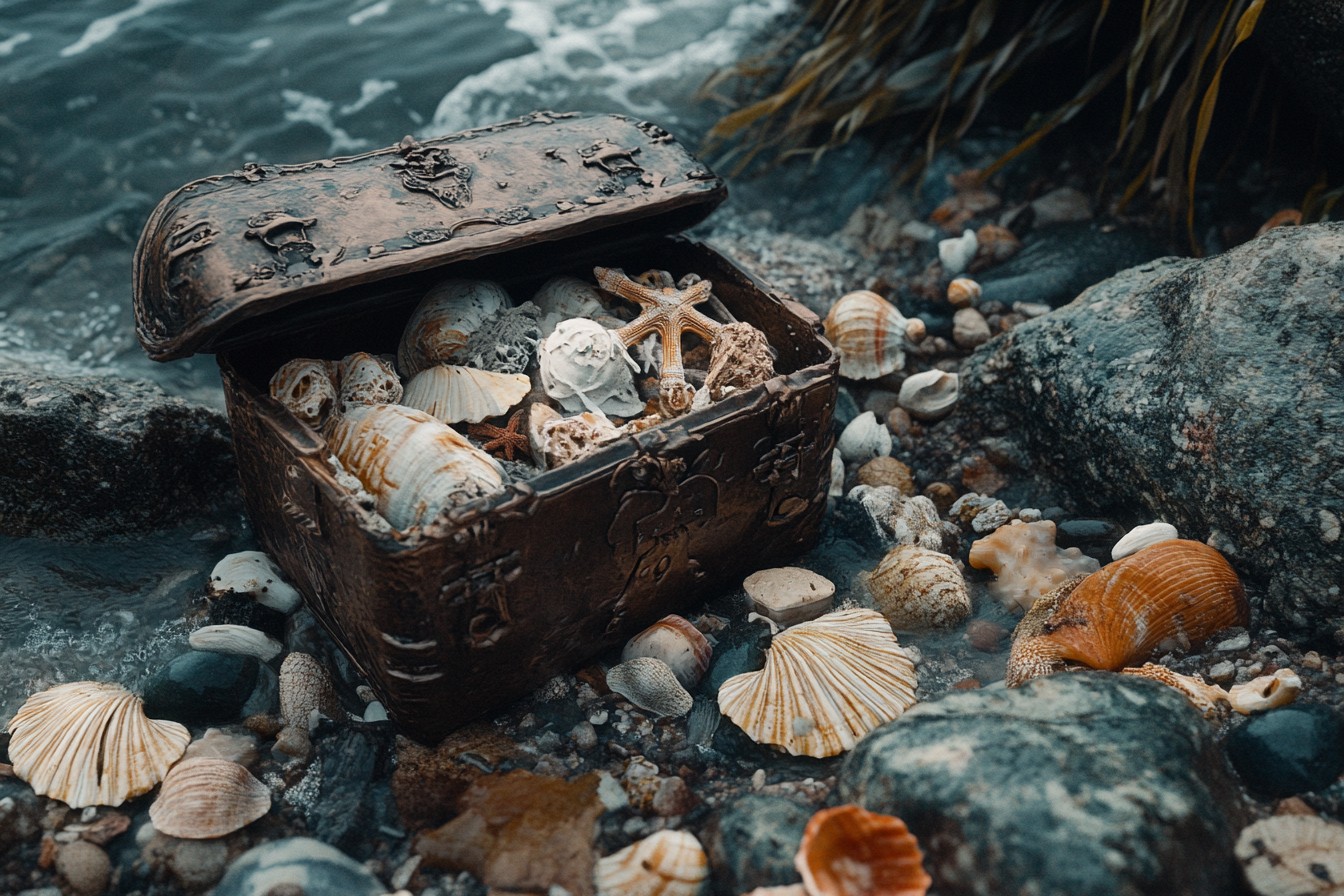
“That’s… actually cool,” she said, which in Katie-speak is equivalent to a standing ovation. Since then, I’ve been experimenting with various ornamental pieces, developing techniques to integrate them in ways that complement rather than compete with natural elements.
I’ve learned a few things worth sharing. First, scale is everything. I once had a client who wanted to incorporate a ceramic castle into a 10-gallon tank.
The castle was about 8 inches tall—it would have looked like placing the Empire State Building in a kiddie pool. Instead, I found a small, broken ceramic arch that suggested a castle ruin rather than a complete structure. Surrounded by carefully positioned stones and plants, it created the suggestion of ancient architecture without dominating the scene.
Material matters enormously too. Glass, ceramic, and certain resins age gracefully underwater. Plastic, not so much unless you’re willing to put in the work to modify it.
I found this hand-blown glass jellyfish at an artist’s studio in Santa Fe last year that was intended as a paperweight. Suspended from near-invisible fishing line in my tall column tank, with carefully positioned lighting, it creates the illusion of a creature frozen in motion. The way it refracts light through the water casts these constantly shifting patterns on the plants below.
Weathering techniques have become something of an obsession. I’ve developed a whole toolkit for aging ornamental pieces to look like they’ve been underwater for decades. Yogurt cultures mixed with a bit of moss slurry and painted onto surfaces creates a convincing aged patina after a few weeks underwater.
For ceramic pieces, I’ll rub them with fine steel wool to wear down edges, then use aquarium-safe paints to add subtle discoloration that mimics algae stains and mineral deposits. My friend Marcus, who runs that big aquascaping channel on YouTube (you know the one), nearly spit out his coffee when I showed him my “ancient temple” tank featuring weathered Buddha statues I found at a garden center. “You’re using ORNAMENTS?” he gasped, like I’d admitted to some terrible crime.
Three months later, he called to sheepishly ask for my weathering techniques for a client build. The trick is creating a narrative context that makes sense. A Roman column in an Amazonian biotope sticks out like a penguin in the desert.
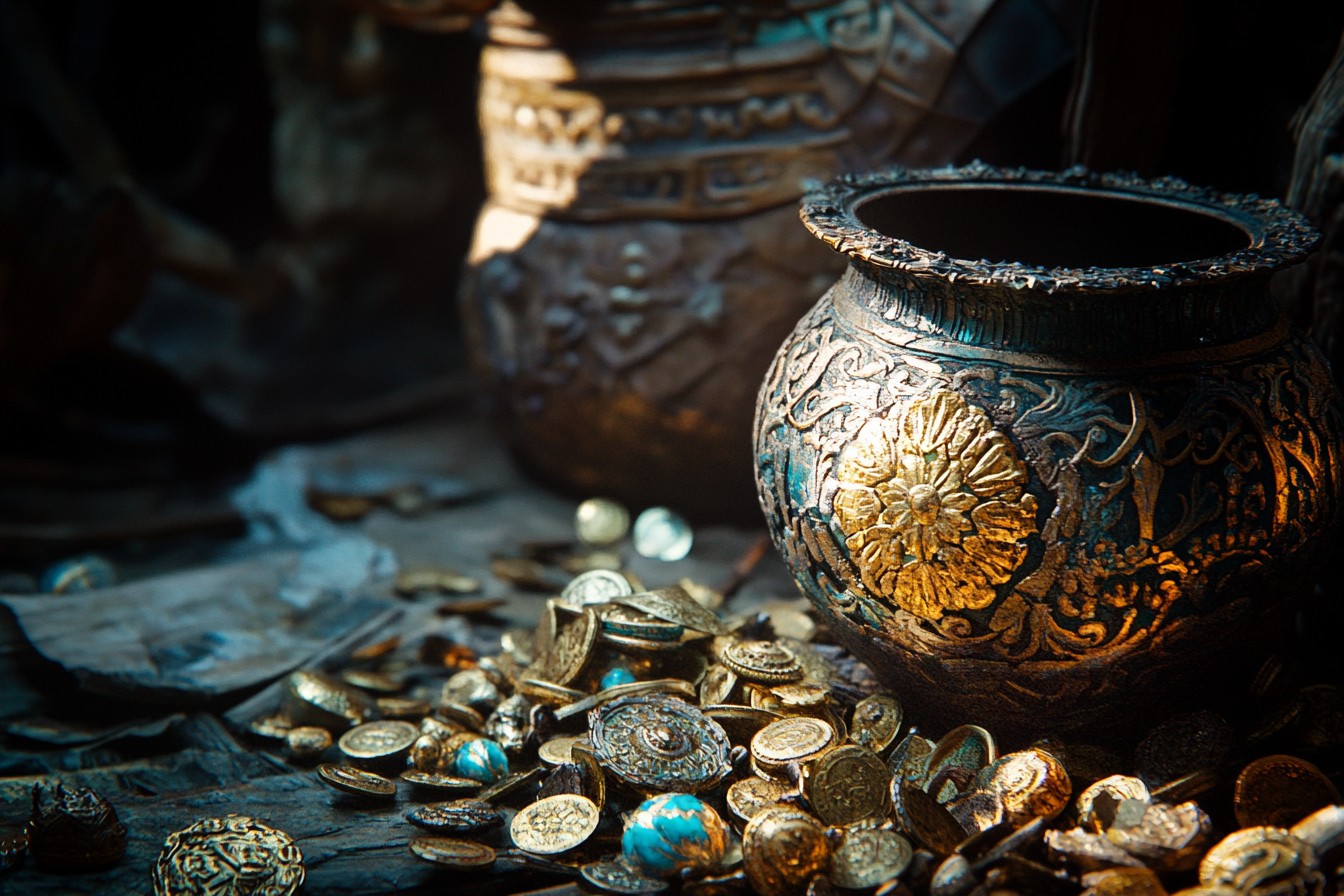
But that same column, properly aged and partially covered in moss, can be perfect in a tank with a Mediterranean-inspired planting scheme. Context is everything. Sometimes the most interesting approaches come from happy accidents.
Last summer, I knocked over a mug of coffee on my desk, splashing some into my 5-gallon desktop tank. After dealing with the immediate mess and water parameters, I noticed that one of the ceramic pieces in the tank had absorbed some of the coffee, creating this subtle tea-stained effect that actually looked amazing. Now I occasionally use extremely diluted tea or coffee to create similar effects on porous materials (after testing thoroughly for tannin impact on water chemistry, of course).
The real breakthrough came with a commission for a children’s hospital in Tampa. They wanted something that would engage kids while maintaining the peaceful atmosphere aquariums provide. We landed on what I called a “discovery tank”—a nature aquascape with small, whimsical elements hidden throughout for children to find, like an underwater I-Spy book.
I created tiny ceramic doors attached to driftwood that looked like fairy homes, miniature stone staircases leading nowhere among the plants, and a small swing hanging from a branch extending over the water. Each element was small, carefully aged, and positioned to work with rather than against the natural elements. The hospital staff created a little scavenger hunt checklist for patients to use while waiting for appointments.
The letters I received from those kids—many going through truly difficult medical journeys—showed me that sometimes our purist notions of “natural” aquascaping need to take a backseat to creating joy and wonder. One girl wrote that she’d decided her cancer treatment would last exactly as long as it would take the moss to completely cover the tiny staircase in the tank, giving her this tangible, visible timeline that made her feel more in control. I’ve since created what I call “integrated ornamental” tanks for other environments—a nautical-themed setup for a retirement community where many residents had maritime careers, featuring weathered ship elements that sparked memories and conversations; a fantasy-inspired tank for a local bookstore with subtle references to beloved literary worlds hidden among the plants.
The key is intentionality. Adding ornaments without thought creates a chaotic, jarring effect. But carefully selecting, modifying, and positioning man-made elements with the same consideration we give to stone and wood creates something unique—a conversation between the natural and constructed world.
My nephew Jake is fourteen now and has his own tank, a 20-gallon long with, yes, a pirate theme, but executed with a level of taste and skill that makes me ridiculously proud. The cheap plastic ship that started this journey has long since been retired, but the lesson it taught me remains: sometimes the most interesting creative paths begin when we let go of our preconceptions about what “should” be. There’s room for both purist nature aquascapes and these more narrative-driven designs in our hobby.
The water doesn’t mind either way, and sometimes, neither should we.
